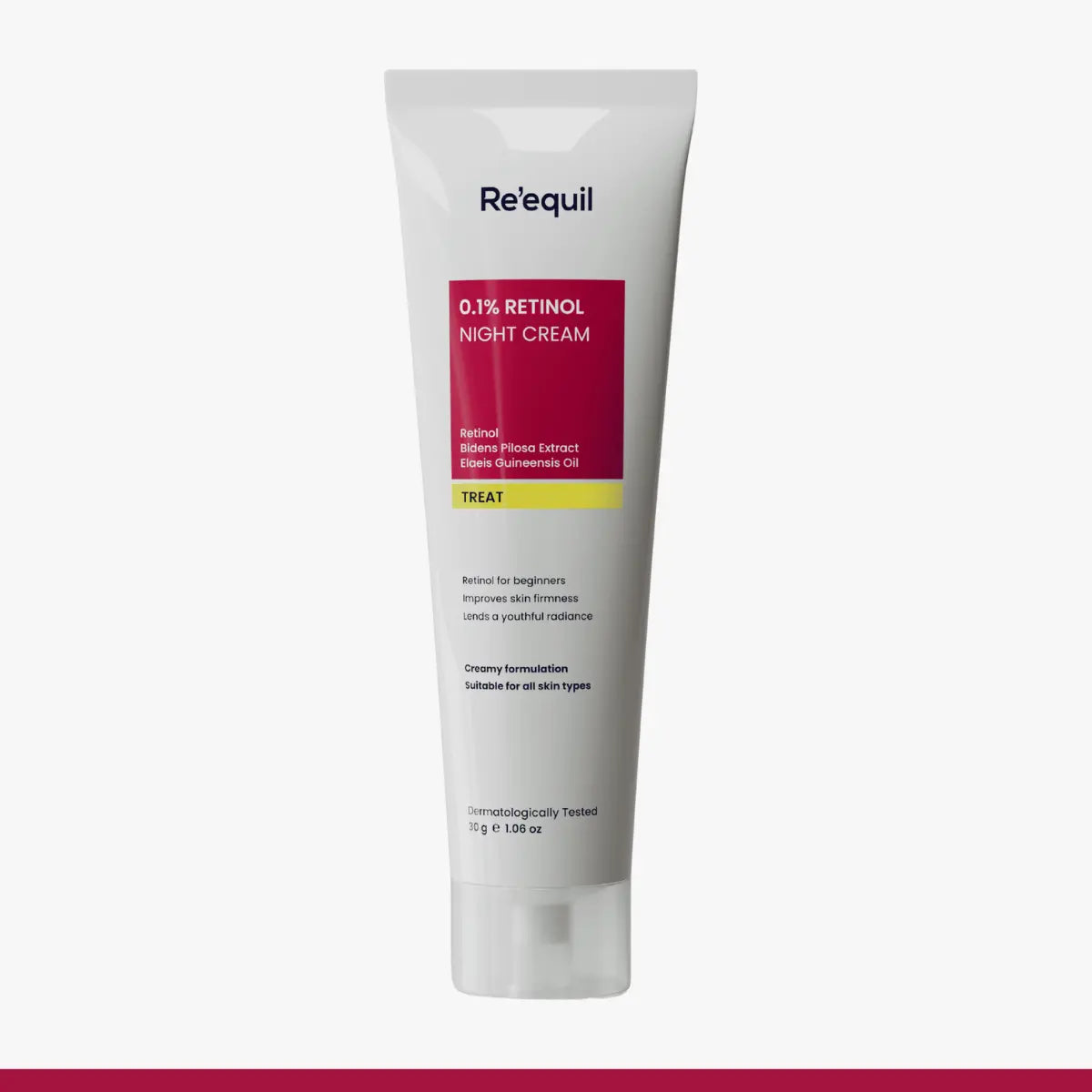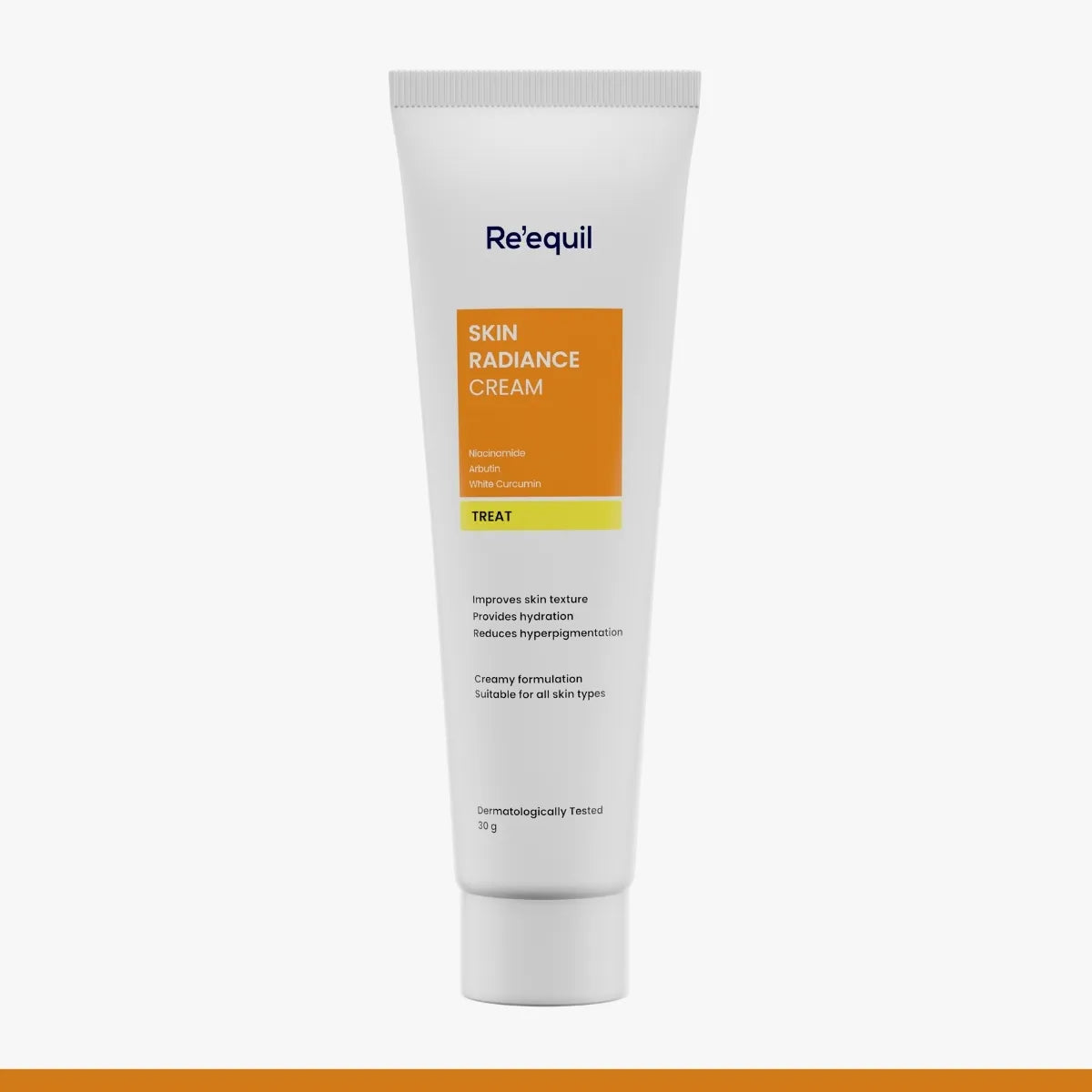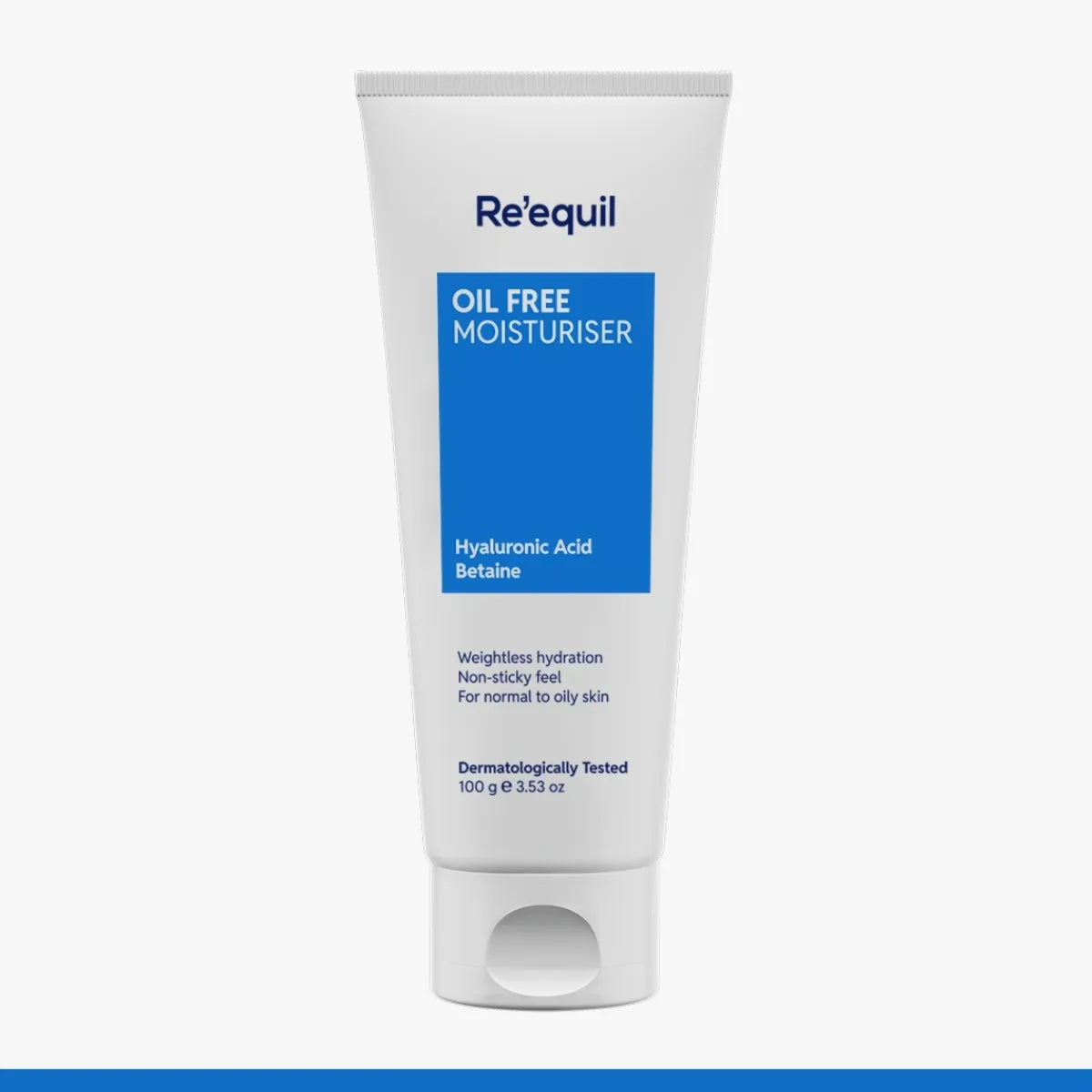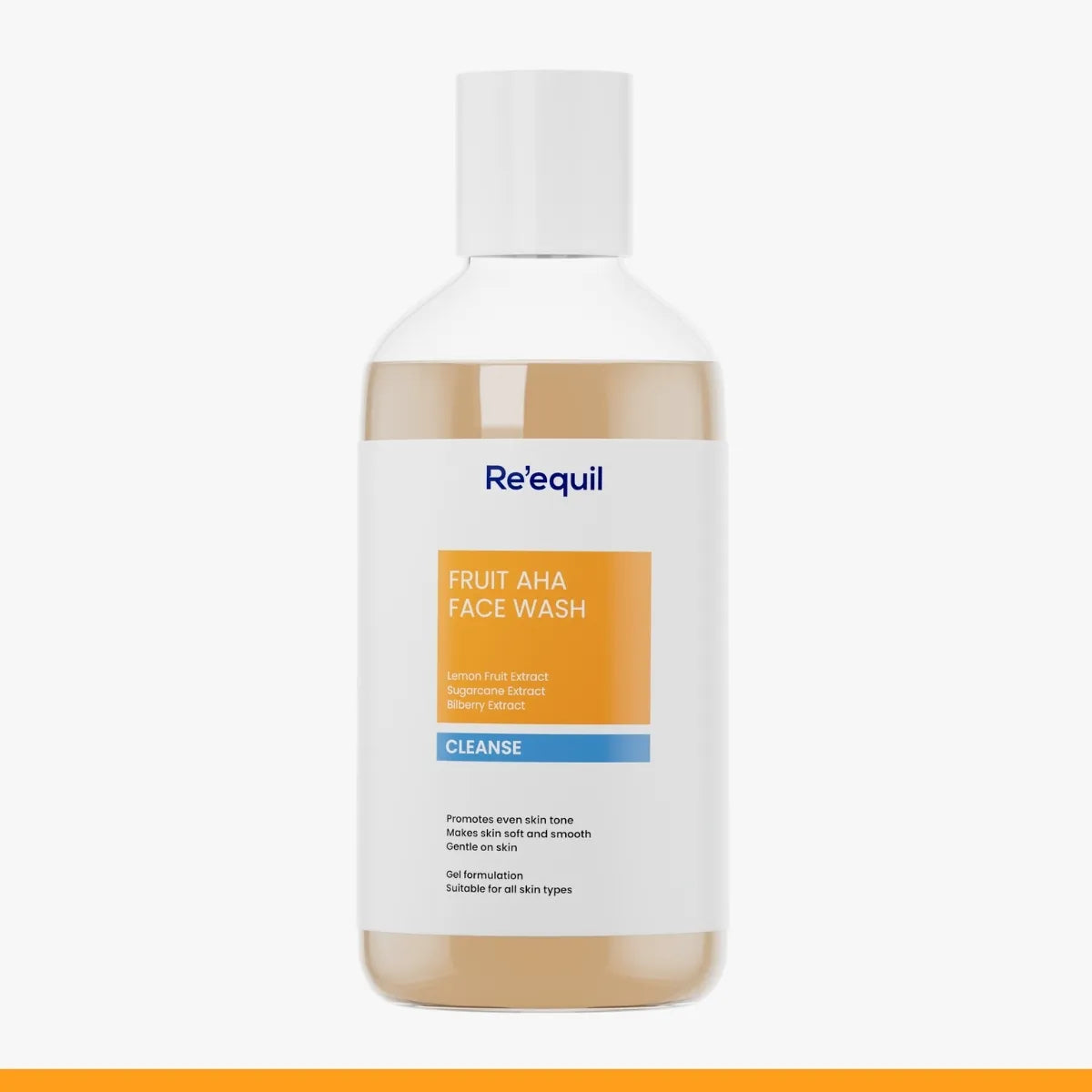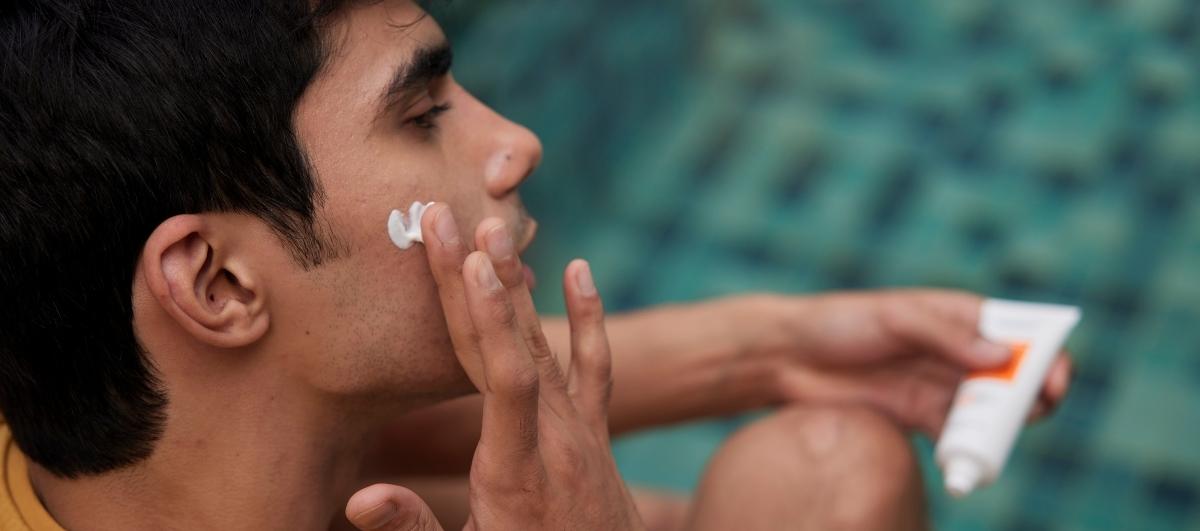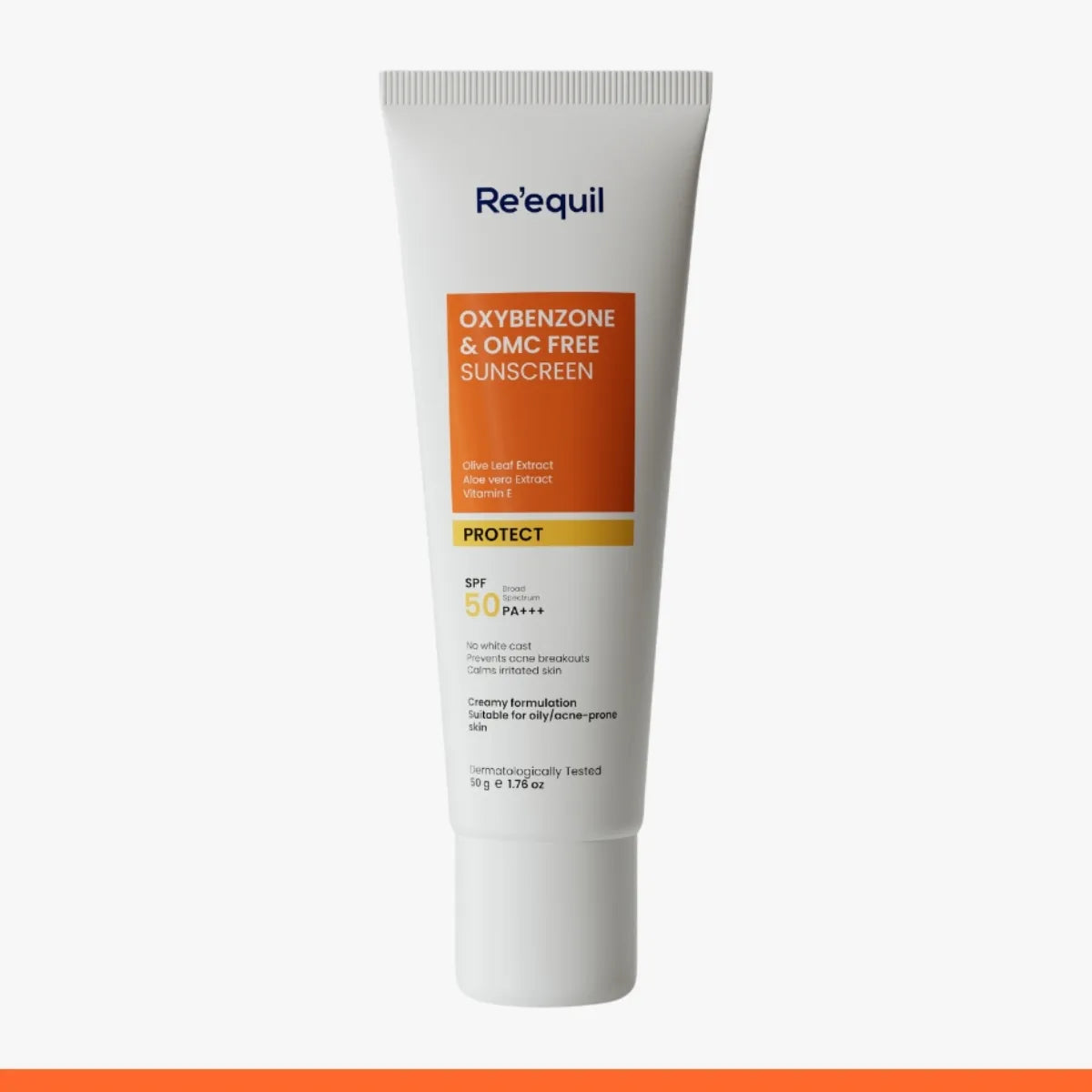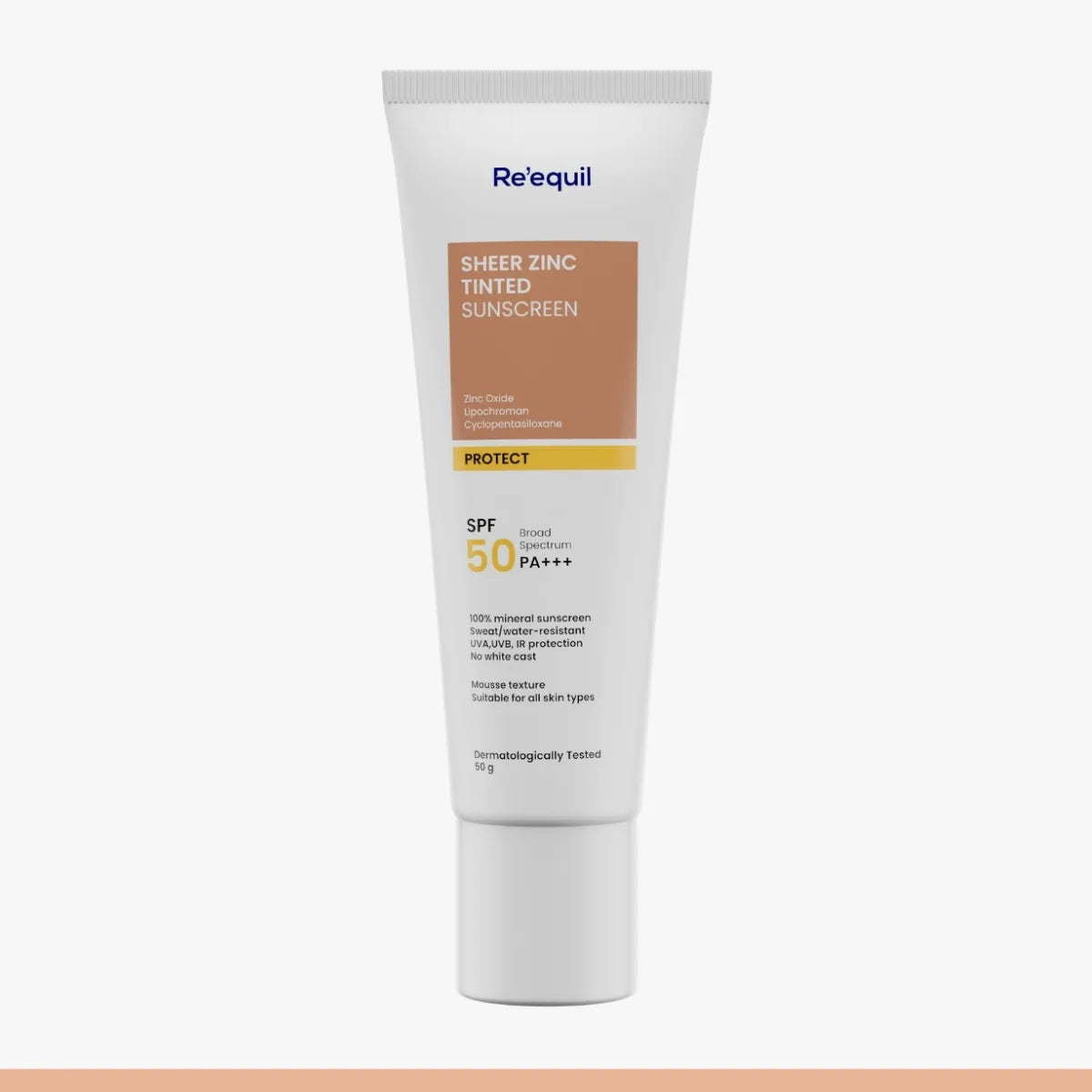As most people know, the sun is an excellent source of vitamin D along with a few food items. It also happens to be the easiest source of getting Vitamin D. However, what is less known is that prolonged exposure to sunlight can result in long-term skin damage.
A 2014 research study has claimed that UV radiations of the sun penetrate into deeper layers of skin, resulting in the degradation of skin proteins and healthy skin tissues. This ultimately results in hyperpigmentation, dull complexion, premature aging of your skin, and whatnot.
Sunscreen is a savior in providing ultimate sun protection. We have all the reasons explained below, from why sunscreen is a necessity to which sunscreen to use.
Now, let the hunt for choosing the best sunscreen lotion for your skin type end. Find a complete sun protection guide, here. Read the blog to know how to choose the right sunscreen with the amazing benefits of some wonderful ingredients.
Why is Sunscreen a Necessity?
The answer is very simple. Sunscreen protects your skin from the sun. The sun radiates UV rays which are of two types, overexposure to both are harmful to the skin.
UVA rays - are associated with premature aging of the skin
UVB rays - are associated with sunburns
On the upper surface of the skin, cells contain a pigment called melanin which protects the skin from the sun’s rays. But too much exposure to these ultraviolet rays causes the cells to darken and then shed.
Now sunscreen comes in here and plays a very crucial role. It acts as a shield for your skin cells and protects your skin from damage. Sun damage can occur in various forms, for example, wrinkles, sunburns, hyperpigmentation, popped blood vessels, dehydrated skin, breakouts, etc.
Spending time in the sun, regardless of your skin type, puts you at a higher risk for sun damage. When choosing a sunscreen, look for the words “broad spectrum” –– this means your sunscreen will safeguard your skin against both UVA and UVB sun rays. Sunscreen has to be your daily mantra since it protects skin from various skin concerns.
6 Skin conditions that can be prevented with sunscreen

1. Early signs of ageing
UV radiation from the sun destroys the elastin and collagen fibers in our skin, causing age spots, spider veins, pigmentation, premature lines, wrinkles, redness, dullness, skin thinning, blotchiness, and yellowing. Research article elucidates the efficacy of sunscreens in protecting skin from harmful impacts of UV rays and preventing premature aging and photodamage.
Sunscreen fortifies either by creating a layer on the skin or has chemicals that absorb the harmful rays. It helps in protecting the skin’s protective barrier by not allowing the UV rays to penetrate deep into the skin.
2. Hyperpigmentation
Commonly known as dark patches or spots, hyperpigmentation is caused due to an increase in melanin levels. Melanin is the pigment responsible for the color of your skin, hair, and eyes.
Since melanin is your skin’s natural sunscreen, on prolonged exposure to sunlight (UV rays), the cells of your skin, as a self-protective mechanism, produce more melanin, in turn, tanning a few patches of the skin more than the rest.
Research reveals that sunscreen can prevent hyperpigmentation because it prevents the accumulation of photodamage that leads to brown spots and PIH (post-inflammatory hyperpigmentation), which is the hyperpigmentation that develops after acne.
3. Breakouts
It is a common belief that sunscreen causes acne. Well, let us debunk the myth.
In reality, it is the other way round. Not using a sunscreen lotion can aggravate your acne. Prolonged exposure to the harmful rays of the sun can cause sunburn. This, in turn, causes inflammation of the skin. A sunscreen will create a barrier, protecting your skin from inflammation. While opting for a sunscreen, ensure that it is non-pore-clogging to prevent blocked pores.
4. Tanning
When exposed to UV radiation from the sun, skin cells go into protective mode. Melanin gets transported from melanocytes to keratinocytes, the skin's surface cells. The melanin pigment acts as a protective mechanism, preventing additional cell damage from UV exposure.
Tanning is is our body's natural defense mechanism against exposure to sunlight. It acts as a shield to protect your skin from the sun.
Sunscreens prevent or reduce the influence of the sun's damaging rays. The SPF number on a sunscreen, on the other hand, indicates the level of UVB protection it may provide. Sunscreens with a higher SPF rating offer more protection against UV radiation.
5. Dryness
Dry skin is no less than a nightmare for most individuals. Our fast-paced routines, unhealthy lifestyles, and pollution are already making lives difficult, and no one wants their time out in the sun to make it worse.
Prolonged exposure to the sun damages the skin's protective barriers and increases the rate at which your skin loses moisture. As a result, your skin looks flaky and shows signs of premature wrinkles.
Furthermore, harsh sun rays also affect your skin’s natural oils, essential to maintain hydration. It also damages the collagen component of your skin. Collagen is responsible for maintaining the skin’s elasticity, keeping your skin hydrated, and improving the overall skin structure. Although one cannot swap sunscreen for a moisturizer, it provides your skin with a protective barrier, reducing the overall damage caused by the harmful UV rays.
6. Skin allergies
Have you heard about sun poisoning? Sun poisoning, scientifically known as polymorphic light eruption, is the most common type of sun allergy caused due to overexposure to sunlight. Simply put, sun allergy is an umbrella term for a group of conditions that cause red, itchy rashes on the skin on exposure to the sun.
The signs and symptoms vary greatly depending on the causal factor. A few symptoms are redness, itching, pain, scaling, crusting, blisters, bleeding, or small bumps that may coalesce to form elevated patches. Sun cream will form a protective barrier over your skin, protecting the underlying skin cells from temporary or permanent damage.
Types of sunscreens - Physical, Chemical, and Hybrid
Sunscreens are formulated using different sunscreen filters and other active ingredients to protect your skin from the sun. We are here to make you understand that these sunscreens have different mechanisms to filter the UV rays and protect your skin against sun damage.
What not to miss on your sunscreen label?
The composition of your sunscreen lotion and your skin type will determine the effectiveness of your sunscreen. Knowing and understanding your sunscreen better will help you achieve healthy skin.
SPFs
SPF stands for Sun Protection Factor. It denotes how much UVB light protection a product provides and is typically represented by a number such as SPF15, SPF30, SPF50, etc. It compares the time it takes for UVB rays to penetrate a sunscreen and cause the skin to turn red to the time it takes when there is no sunscreen. A product with a higher SPF rating will provide more protection.
It is important to note here that SPF does not rely on the time of exposure but rather depends on the amount of solar exposure. For example, the amount of exposure to sunlight for 1 hour at 9 AM will be more or less equal to exposure for 15 mins at 1 PM. Because the sun is harsher at midday compared to early morning or late evening, it takes less time to be exposed to the same quantity of solar radiation at midday.
Different types of SPF and which one is the best
Different types of SPF offer different levels of protection. Take a look.
- SPF less than 15 provides low protection
- SPF 15 to 29 gives medium protection
- SPF 30 to 49 offers high sun protection
- SPF 50 offers excellent protection
Another way to look at SPF is by considering the percentage of UV rays it can block.
- SPF 15 blocks around 93% of all UVB radiation.
- SPF 30 protects against 97% of UV rays.
- At 98 percent, SPF 50 provides nearly total UVB protection.
Out of all the SPF, SPF 50 is the best since it offers maximum coverage from UV protection.
Note - However, SPF is just one factor that determines the effectiveness of sunscreen and the protection it offers. Other factors are - skin type, time of the day, frequency of reapplication, weather conditions, the quantity of use, and other environmental factors.
Broad Spectrum
UVA and UVB are the two main forms of UV light that can harm your skin. A broad-spectrum sunscreen will protect your skin against both. Not all normal/regular sunscreens provide this level of protection against UVA and UVB radiation. UVA and UVB radiation work together to cause sunburns, and premature aging, and protecting against both are critical for healthy skin. For this reason alone, it is best to wear broad-spectrum sunscreen to ensure total sun protection.
PA rating
PA is an abbreviation for "UVA Protection Grade." SPF (sun protection factor) only measures UVB protection, whereas PA only measures UVA protection. UVB rays cause our skin to turn red and burn, while UVA rays do the majority of the damage to our skin's genes. UVA rays also happen to be the rays that make up for most of the sun’s energy.
More the number of pluses, the higher the protection it offers.
You can refer to the following data to decode your sunscreens PA levels -
- PA+ - Mild protection
- PA++ - Moderate protection
- PA+++ - High protection
- PA++++ - Extremely High protection
Best ingredients to look for in a sunscreen
-
Eurol Bt
Eurol Bt is derived from Olea Europaea (Olive) Leaf extract. It is a free radical quencher. It has excellent sun protection, anti-acne, and anti-aging properties.
Sunscreen safety and efficacy are generally evaluated based on the properties of the individual chemicals in a formulation. Individuals with oily or acne-prone skin who often skip applying sunscreen, fearing it might cause or aggravate acne, know that this is a must-have ingredient in your sunscreen. It has antioxidant and anti-irritating properties to safeguard your sensitive and acne-prone skin type skin from sun damage.
-
Zinc Oxide
Zinc Oxide is a highly effective physical sunscreen filter implying that it doesn’t penetrate into the skin and physically blocks the rays by sitting atop the skin. It acts like a mirror to the sun's rays. It is considered one of the safest ingredients and accounts for a plethora of benefits as a sunscreen for all skin types. Zinc oxide is completely photostable and resistant to water, making it a go-to sunscreen for the one who engages in physical activity. It has anti-bacterial and skin calming properties to soothe your skin and save from any infections caused by harmful bacteria.
-
Physalis angulata Extract
This ingredient in your sunscreen makes your sunscreen safe to use for all skin types and works best for sensitive skin due to its skin calming properties.
-
Tinosorb® S
This is an advanced sunscreen filter to shield your skin from the sun. It is famous for being photostable in nature. In simple words, when in combination with other sunscreen ingredients, it avoids chemical reactions due to harmful UV rays. This amazing characteristic - photostability- amplifies the effectiveness of sunscreen in protecting the skin.
-
Tinosorb® M
Most sunscreen filters can only protect you from either UVA or UVB rays. However, Tinosorb® M gives twice the effort and provides advanced broad-spectrum protection to sensitive skin against both UVA (both UVA-1 and UVA-2), UVB.
It is one of the most stable filters out there. It also possesses the qualities of mineral filters by absorbing the UV rays and converting them into the least damaging form of energy and later reflecting them away.
What to avoid in sunscreen?
Sunscreen efficacy and safety are of paramount importance for both human health and the environment. ensure that it is PABA and Oxybenzone free. PABA can cause skin irritation and Oxybenzone is not considered safe for reef life.
Make sure that your sunscreen is non-comedogenic in nature so as to keep your pores breathable and prevent breakouts.
Final Considerations
Sunscreen products are a small, everyday investment that will bless you with healthy-looking, youthful skin. They not only maintain the quality of your skin but protect it from possible dangers.
Make sure that your sunscreen offers a broad-spectrum UVA, UVB, and IR protection with SPF 50 and up to 4 plus PA ratings. Avoid harmful chemical ingredients like Oxybenzone and Octocrylene etc. The key to youthful-looking skin is a proper skin regimen that gives ultimate skin protection.
